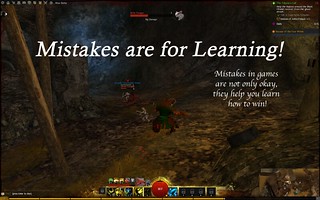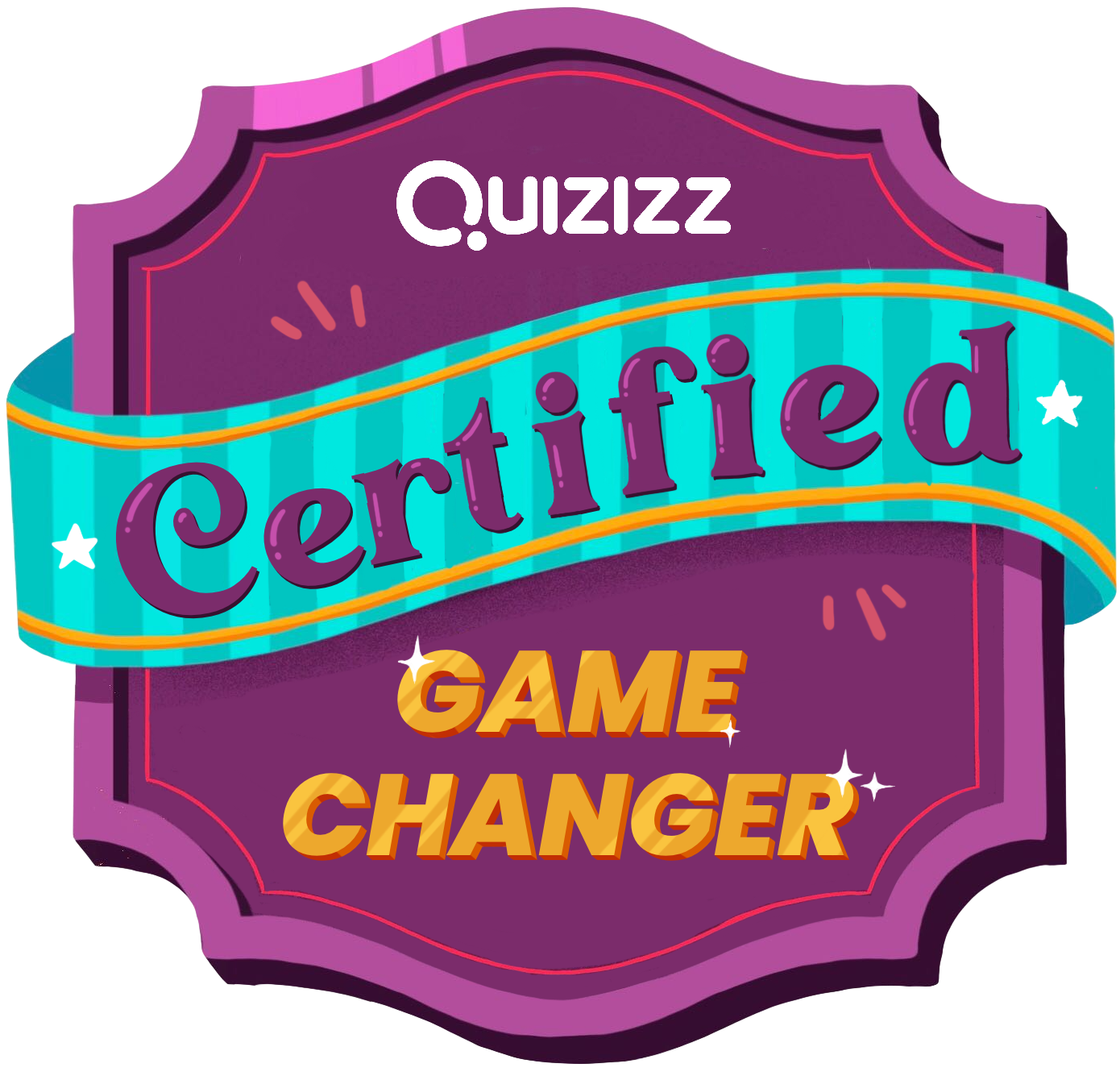[This is part of a series of posts I’m writing as I reflect on another online course I’m taking this summer, Stanford University’s EDUC115N How to Learn Math. Sure, I’m a Science teacher but I have taught Math so I’m familiar with Math instruction. Besides, we do use Math in Science so it’s not like I don’t do any Math with my students and my NB certification is an early adolescent generalist, which means I’m an integrationist at heart.]

Here I have some of my notes from the second part of the course.
I was taught to manipulate formulas and to use algorithms with little explanation so therefore little understanding on my part, of math conceptually. That’s what I lack. So this idea that all math comes down to number sense seems logical to me but I don’t see how that works. I can believe it’s so but I don’t understand how it’s so.
So how would I use Dr. Boaler’s Mathematical Thinking Process if I still taught Math? Here’s Dr. Boaler’s Mathematical Thinking Process:
1. Stop/Think/Say/Draw
2. Talk/Resources
3. Estimate
4. Mathematize
5. Try, refine, revise
6. Does it makes sense?
Let’s say students had a problem to solve, I’d have them work in their small teams taking each step one at a time.
I’d begin by reading the problem out loud where everyone can see it, projected. Then say, “Stop! Think about what the problem is asking and what information you have quietly to yourself.” Give kids about 1 minute or more and I really like the idea of the thumbs up on your chest so that no one else can see it and feel pressured to move quickly.
Then I’d have kids talk to each other and share ideas. They can also use whatever resources we have at hand to understand the problem (I have a 1:1 environment so kids have access to computers).
Then I’d have kids estimate a probable answer, emphasis on estimate and not solve it just yet! After a few minutes each team will report their ideas.
Then I’d have kids use paper and pencil to actually solve the problem and introduce the word mathematize.
We would have a math talk as teams share their answers and how they came up with their answers. JUST SHARING.
After every team shares I’d ask teams to go back to refine or revise or choose to justify their answer.
Finally, I’d ask, “Does it make sense?” We’ll go around again sharing responses this time using the, “convince yourself, convince a friend, convince a skeptic,” strategy before we either all agree on a response or before I have teams go back to the refine and revise step until we all agree. My goal would be to help my students understand math conceptually, unlike me, and I would really be a side-by-side learner with my students. That would make it easy for me to model what I’d be teaching!
Why does it help students to discuss mathematics with others?
1. I know it helps me to think things through by talking it over with others. That way if I’m headed in the wrong direction I can find out before I get too far. If I’m headed in the right direction I can move forward with confidence.
2. By talking it over with others the students who have no ideas can hear ideas from their peers to get them started. I know I benefit sometimes from finding out a way to get started. Otherwise, I’d be sitting there just going blank. I’ve had that feeling before so I know how horrible it feels. I can see why some kids resort to goofing around or getting in trouble when they have no idea what to do and everyone, or most everyone, around them is busy working.
3. Even when a correct answer has been reached talking about how it was solved and why it’s correct helps understanding so that similar problems can be solved in the future. Sometimes we don’t know something until we’ve had a chance to discuss it and figure why we know it or how we got it right or what that even means.
Notes on five professionals’ views of using Mathematics in their jobs/lives –
1. Pediatrician using Math:
Master the basics but after that project-based or practical examples. Then reinforce material. Going through real-life examples. Not trying to memorize from a page I’m reading. Traditional, rote memory math was dull and she felt that she was bad at math. Calculus, learned conceptually, was the first time she enjoyed math and felt that she wasn’t bad at math! School’s narrow view of math made it difficult for her to explain how she uses math in real life but once it clicked something like loading a dishwasher or buying a desk for your office and having to measure to make sure you get the right sized desk is MATH! Dividing portions between siblings, (is this equal?), driving and calculating when you have to leave to get to school on time and stop to pick another kids up, is all MATH!
2. Udacity Software Engineer:
IMP (?) is the way to solve problems, that you come up with the way to solve it, NO ONE is giving it to you!!! That’s the way it’s done in real life. Most people don’t remember the mechanics. Traditional math doesn’t see to offer students their own sense of courage (the courage to stick with something until you solve it).
3. Team Leader, Apple:
Kids should be asking why and we should be letting them experiment to figure out why. Not later, now. (This interview was confusing. I wasn’t sure where she was coming from.) How do we cultivate a “creative curiosity” in or for our students?? “That curiosity is what, what makes the difference, I’m an engineer, makes the difference between someone who’s a perfectly fine engineer and someone who’s a great engineer.”
4. Cinematographer and Fim-maker:
Did not like math at all until calculus, until she got to conceptualize math ideas, not numbers. She actually found it fun. I must haven’t had horribly traditional calculus teachers becuase I hated calculus. Never understood it or what I was learning it for. Weird. Geometry was hard for her because she’s a practical person, a problem solver. She couldn’t put it in the real world at all, and that didn’t work for her. Sees math as sequestered from everything else. Yet life is holistic so if you feel you aren’t good math you question everything else wondering what else you’re not good at. She actually said that it messes with your self esteem. Wow, all that because of traditionally taught math?! But if math can be adaptable, changeable, and fluid and you can get involved emotionally and feel it, then math can be good and enjoyable. Numbers to her were taught as cold because there’s either a right or a wrong.
5. CEO Udacity:
Sees math as inuitive. Had a problem that he knew intuitively was right but couldn’t prove it mathematically. Says math is intuitive just explained poorly. When abstraction comes long, put this into formulas, the intuition is lost. “Fixed rule manipulations are devoid of an, of an intuitive interpretation.” At that point he says we should stop. I should only manipulate equations I understand. I agree with that wholeheartedly because I learned to manipulate numbers with little understanding of why I was doing it so I didn’t really learn it. “If it takes us longer that’s fine.” “I have never been able to make any progress in math without really understanding and having an emotional relationship to what’s happening.”
One of my frustrations with teaching math, when I taught it, was not having enough ideas or ways to make it practical or use real life examples or problems to have my students, and me, work on. If I taught math now I’d make use of Dan Meyer’s blog (http://blog.mrmeyer.com/) with all the real life examples of math problems. The pediatrician made a reference to wanting to have had real life problems to solve in school when learning math. I hear that a lot. When will I need this? How can I use this? We all want to know that. Plus it’ll show kids that math is a lot more than number crunching. That’s something I would give kids now if I still taught math. I love what the CEA of Udacity said about stopping and getting an intuitive understanding of the problem BEFORE using fixed rule manipulations, “If it takes us longer that’s fine.” We have to get over our fear of rushing our students to COVER more curriculum to prepare them for tests. By rushing them to prepare them for tests, which doesn’t really work, we are NOT preparing them for life! So yeah, I would make math more about solving real world problems, practical, everyday examples of problems that can be solved with maths. I would also give kids time to learn and understand intuitively by teaching kids to use Dr. Boaler’s Stop/Think/Say/Draw, the first step of her mathematical thinking process. I would strive to make math conceptual. I don’t really know what means yet, I’m getting it little by little because of this course, but I know that’s what I want to give to my students. Help them conceptualize mathematical instead of manipulating numbers and formulas in a set way that I “teach” them. Get away from memorization and more into problem solving.
Dr. Boaler sees two helixes swirling around together where intuition and understanding are on one side, curiosity and confidence on the other. That is so far from what I’ve always thought about math. It’s refreshing to see math in this way. Here are some more ideas to foster this kind of math in your class:
Class norms to support learning:
Support Learning
Wait to let other figure it out
Share your different way of doing it
Explain what to do first before deciding
Work together, rather than divide and conquer
Bounce ideas off each other
Don’t let one person do the entire thing
Listen, rather than figure out fastest
Don’t assume people have same understanding/background
Be clear about what you need
Focus on common goal
Hinder Learning
Similar ways of accessing the problem
Laziness
Taking things personally
Being passive
Condescending “obviously, easy”
Distraction
Giving someone the answer before finishing
Lack of concentration
Focused on finding the answer
Language barrier – vocabulary
Going too fast through the problem
Making someone feel insecure
Pretending to understand
Impatience
Principles of learning and teaching Algebra:
1. Start with generalization through exploration of pattern tasks.
2. Teach Algebra as a problem solving tool.
3. Teach Algrbra as a sense making experience.
4. Represent Algebra in multiple ways.
5. Teach Algebra through the mathematical practices.
The mathematical practices are:
Make Sense and Persevere (They make sense of problems and persevere in solving them.)
Reason (They reason abstractly and quantitatively.)
Construct and Critique (They construct viable arguments and critique the reasoning of others.)
Model (They model with mathematics.)
Strategically (They use appropriate tools strategically.)
Precision (They attend to precision.)
Structure (They look for and make use of structure.)
Regularity (They look for and express regularity in the repeated reasoning.)

































































